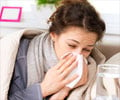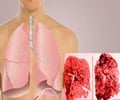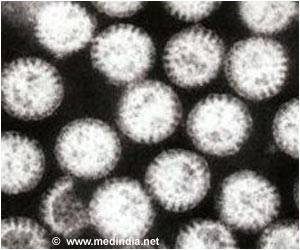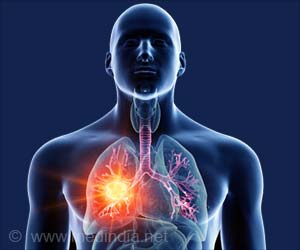A single exposure to diacetyl is shown to be safe in low levels but when combined with another environmental exposure, like the flu, can cause lung damage.

What is Popcorn Lung
Diacetyl, which gives microwave popcorn its buttery flavor, was first linked to flavorings-related lung disease in the early 2000’s when a group of former microwave-popcorn factory workers came down with the illness. More recently, a similar lung disease has been seen among coffee roasters who inhale large concentrations of diacetyl.‘Coffee roasters are at higher risk for developing lung disease caused by long term diacetyl exposure, the coffee roasting chemical.’





While those workers inhaled high levels of diacetyl over long periods of time, the URMC study published in the American Journal of Physiology – Lung Cellular and Molecular Physiology set out to test whether low-level, short-term exposures to the same chemical could produce a similar effect.“We found that a single exposure to diacetyl for short periods of time did not result in much lung damage,” said lead study author Matthew D. McGraw, M.D., assistant professor of Pediatric Pulmonology at URMC. “But when mice are exposed to another common environmental exposure, like flu, the double hit can cause airway disease similar to what we see with high-dose, long-term exposures to diacetyl.”
In the study, which was supported by a pilot grant from the URMC Environmental Health Science Center and a Career Development Award from the UR Clinical and Translational Science Institute, mice were exposed to diacetyl for one hour a day over five consecutive days at levels similar to what coffee roasters encounter at work. Mice were then exposed to influenza A, which typically causes seasonal flu in humans.
Coffee Roasting and Lung Disease Link
Within two weeks of exposure, more than half of the mice that received this one-two hit died, while all of the mice in the control groups (exposed to diacetyl alone, flu alone, or neither) survived. Lungs from mice exposed to the ‘two-hits’ showed significant impairment of lung function and airway repair compared to controls.Researchers then switched the order of exposure, infecting another group of mice with flu first, allowing them to recover for nine days, then exposing them to diacetyl for five days. Whether the mice were exposed to diacetyl before or after flu, their lungs were unable to fully heal, again suggesting that exposure to both chemical and virus leads to abnormal airway repair.
"Our study shows that common environmental exposures that seem harmless on their own can have very serious impacts on lung function and long-term respiratory health when combined," McGraw said.
Advertisement
In the near future, the team also plans to collaborate with coffee roasters in our region to spread awareness of the risks of diacetyl exposure, assess existing exposure mitigation procedures, and survey workers for lung disease symptoms.
Advertisement















